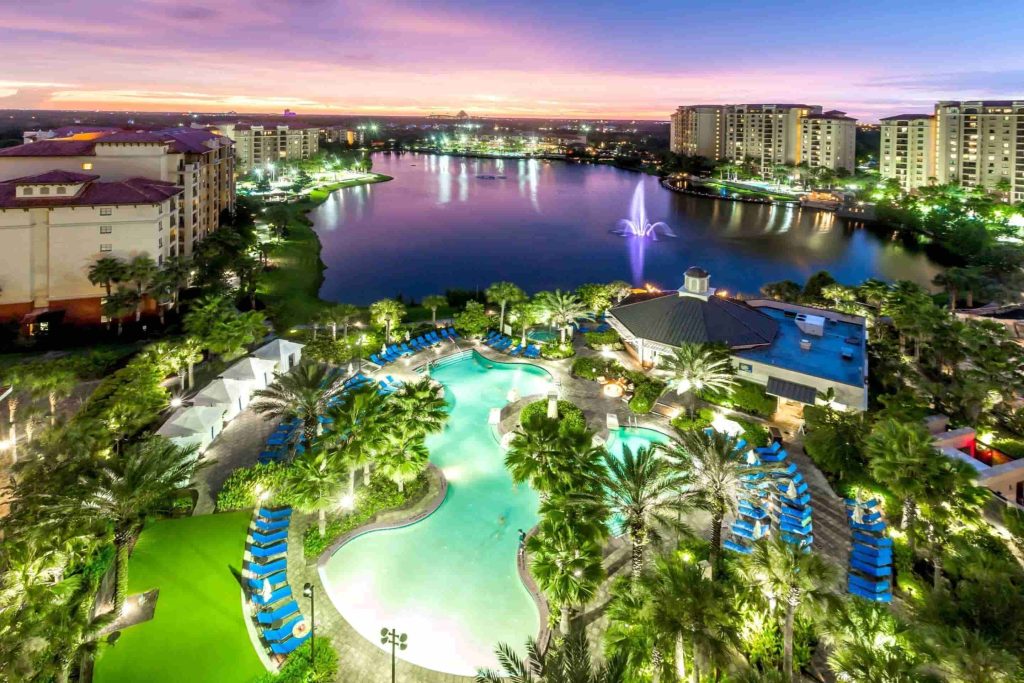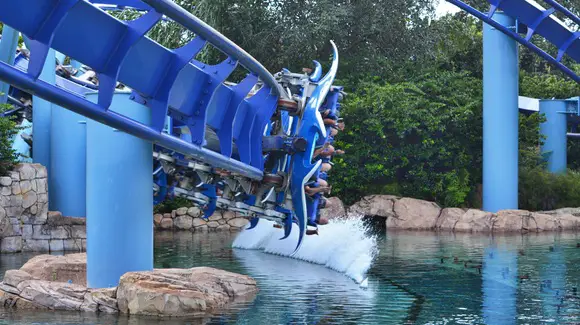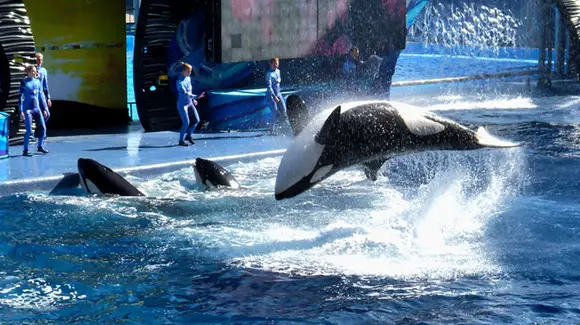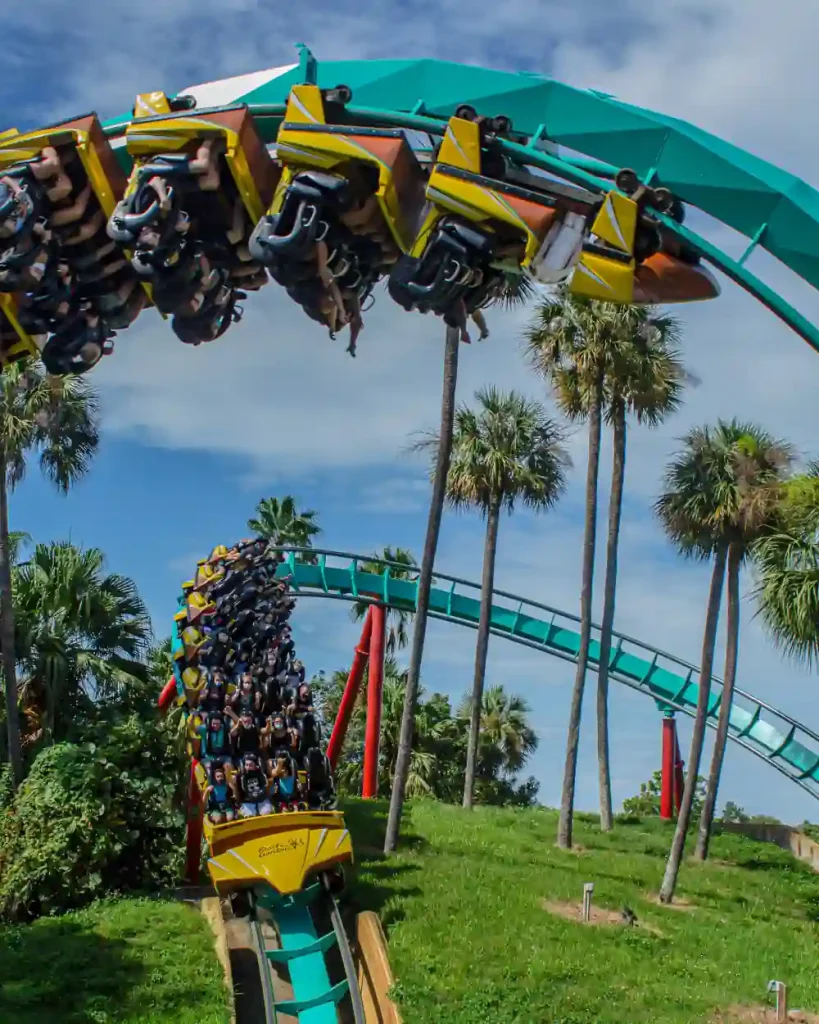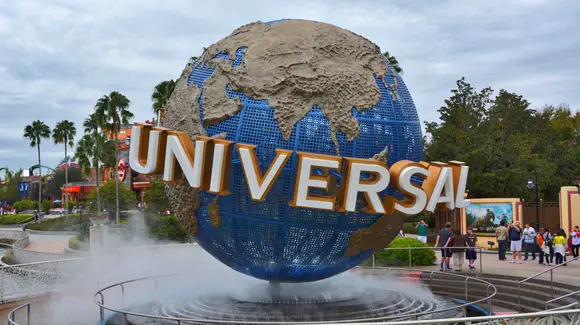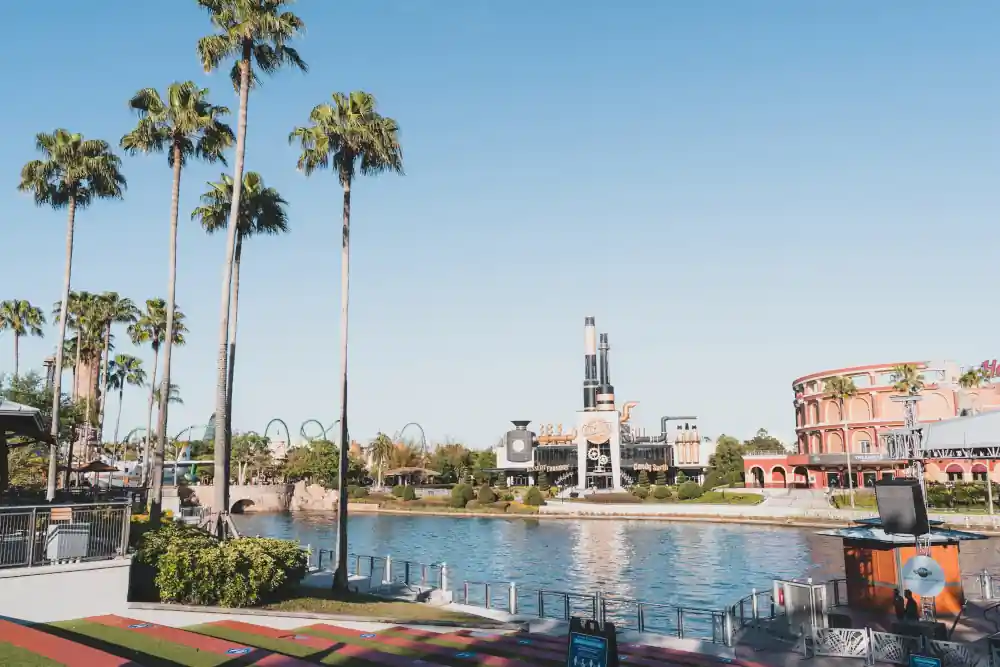West Indian (Florida) Manatee
By James | Last updated December 29, 2023
This page may contain compensated affiliate links. Please read the Disclaimer for more information
I remember the first time we saw a manatee, when we visited SeaWorld many years ago and we all fell in love with them instantly. The manatee is extremely gentle with a large rotund body, a small whiskery nose, a large paddle-shaped tail and two small flippers.
After seeing the “Last Generation” exhibit we went on one of the behind the scenes tours and saw what can happen to them. It was sad to hear of their plight and to realise that they were in danger from mankind’s own actions.
Florida Manatee Population
In 2019, it was thought that there are only around 6,300 West Indian (Florida) manatees left in existence.
Many Florida manatee deaths are as a direct result of humans; either through collisions with watercraft, being crushed or trapped in flood control or canal gates, ingesting rubbish like fish hooks and monofilament line or as a result of our destruction of their natural habitat. Large numbers of them also die from the cold and a toxic algae bloom called “Red Tide”.
In 2006, over 400 Florida manatees were found dead, the highest number ever recorded at that time. However in 2013 around 830 deaths were recorded. 2018 was also a bad year with many of the 800 deaths being attributed to Red Tide. The latest figures for 2020 record 619 Florida manatee deaths.
Save The Manatee
When we heard of the Save The Manatee organisation, we realised we could do something to help and we bought our daughter a membership as one of her birthday presents. Why not think about joining their Adopt a Manatee program as part of a loved ones holiday gift.
A few years ago we got to see ‘our’ manatee Rosie when we visited Homosassa Springs for the first time and were thrilled to finally meet her. Sadly she died in 2015 of cancer, she was believed to be in her 50s.
Did you know that the manatee is the official State marine mammal of Florida.
Where to see Florida Manatees
Manatees can be found all around the coastlines of Florida from April to October and in shallow slow moving rivers and river estuaries. They can cope with fresh, brackish and salt water and prefer water between 3–7 ft (1–2m) deep which makes them very vulnerable to watercraft. Off the coast they will go in water up to 10–16 feet (3–5m) deep.
They need warm water so from mid November as the coastal waters cool, they tend to start heading for warm rivers and springs as well as outflows from coastal power plants. The peak times to see them is December through March.
Some of the best places in Florida to view manatees in the wild, particularly in the winter are:
- Blue Spring State Park on the St. Johns River — up to 600 manatees spend the winter here. No swimming or kayaking allowed in certain areas during the winter manatee season
- Edward Ball Wakulla Springs State Park, Wakulla Springs — home to one of the largest and deepest fresh water springs, some manatees choose to live here year round. Need to take a boat tour to see them
- Ellie Schiller Homosassa Springs State Park — where a few injured and rescued manatees live year round and the population is bolstered by many more manatees seeking warmer waters in the winter months. Also used as a rehabilitation centre and you can watch them from an underground viewing area
- Lee County Manatee Park, Fort Myers — near the Florida Power and Light power station with its observation platform
- Lovers Key State Park, Fort Myers Beach — watch manatees swimming through the mangrove lined waterways
- Manatee Lagoon, West Palm Beach — the Florida Power & Light Company (FPL) Eco-Discovery Center at Riviera Beach attracts upwards of 800 manatees during the winter months
- Manatee Observation and Educational Center, Fort Pierce — boardwalk and observation deck. Even though the Henry B. King power plant has closed, manatees still gather here
- Manatee Springs State Park, Chiefland near Gainesville — winter refuge for around 20 manatees, off the Suwannee River
- Merritt Island National Wildlife Refuge, Titusville — year round manatee viewing with an observation area on the Haulover Canal connecting Mosquito Lagoon and the Indian River
- TECO Manatee Viewing Center at Tampa Electric, Apollo Beach — a 50 foot viewing tower gives you an excellent view next to the Big Bend Power Station solar power plant
- Three Sisters Springs on the Crystal River — upwards of 1,000 manatees congregate and you can swim with them. Some manatees live here year round
- Weeki Wachee Springs State Park, Spring Hill — also home to the Florida “mermaids”
Other places typically have fewer numbers including:
- Chassahowitzka River & The Seven Sisters Spring — can be seen year round, best from a kayak
- Craig Park, Tarpon Springs — see manatees in Spring Bayou
- Fanning Springs State Park — best viewed during the winter
- Flamingo, Everglades National Park — spot manatees from the Marina as well as salt water crocodiles
- Ginnie Springs — occasional sightings
- Ichetucknee Springs State Park — occasional visits from manatees
- Silver Springs State Park — manatees have started returning during the winter
One of the best areas on the Gulf coast is the Crystal River National Wildlife Refuge which effectively encompasses Homosassa Springs Wildlife State Park, Kings Bay and Three Sisters Springs.
Waters in springs like the Blue Spring remain at a pleasantly warm (for manatees) 72 degrees Fahrenheit (22 degrees Centigrade) and during the winter months, hundreds of manatees congregate around the springs.
Some locations offer viewing from dry land on boardwalks and observation platforms, for other areas you are better off paddle boarding or kayaking or taking an organised boat tour.
Bear in mind that the more popular a place is with manatees, the more popular it is with humans wanting to see manatees! This means places like Crystal River can become very busy during the winter and State Parks like Blue Springs often have to shut their gates when the park gets too busy.
Several of Florida’s theme parks and zoos display manatees and help rehabilitate those that have suffered injuries, especially the SeaWorld Rescue team:
- Disney’s Epcot in the Living Seas Pavilion
- SeaWorld, Orlando
- Miami Seaquarium
- Mote Marine Laboratory and Aquarium, Sarasota
- Parker Manatee Aquarium in the South Florida Museum, Bradenton
- ZooTampa at Lowry Park
Where to swim with Manatees in Florida
The only county in Florida where it is legal to swim with manatees in their natural habitat is Citrus County on the Gulf coast which includes the Crystal River National Wildlife Refuge. In fact it is the only place in the whole of America where it is legal to swim and snorkel with manatees.
The Crystal River lives up to its name and many of the underwater photos you see of manatees were taken in the crystal clear waters.
There are a number of companies offering swimming with Florida manatee tours, typically a half day 3 to 4 hour excursion. Whilst there are many more manatees around the Crystal River in the winter it tends to be much busier. As it is a year round location for some of them, it is a lot quieter during the summer months.
Tour companies typically offer a wetsuit, snorkel and mask but if you do not want to swim you can still observe the manatees from the boat. Wetsuits are recommended especially in the winter months when the water temperature is around 72 degrees Fahrenheit (22 degrees Centigrade).
The best time to see them is very early in the morning when they are most active, around 6:00 to 9:00 a.m. Expect to pay around $60 to $80 per person for a swimming with manatees tour including equipment and refreshments, depending upon duration and time of year.
Manatees are very docile and naturally curious and will sometimes approach you in the water. The Florida Manatee Sanctuary Act prohibits you from touching a manatee though some tour companies say it is okay to touch them with one hand if they touch you first. There have been instances where manatees have rolled over to expose their bellies, as if asking for a scratch.
Remember Florida manatees are protected by law so you must on no account harass or disturb them in any way, please respect them at all times. In fact swimming with manatees is a contentious topic, some wildlife groups think that it is harmful to get in the water with them at all and that they should only ever be observed from a distance.
One of the dangers is that if manatees become too used to being around people and boats, they stand more chance of being injured by a boat collision which is one of the main killers of manatees. It is much better to keep a respectable distance away from manatees and enjoy “passive observation” only.
Florida Manatee Taxonomy
The manatee’s closest relative is actually the elephant and like the elephant it consumes huge amounts of vegetation, in the manatee’s case, aquatic plants. A manatee typically eats between 10 and 15% of their body weight each day.
An average adult is around 10 feet (3 metres) long, weighing around 800 to 1200 pounds (350–550 kgs) and can stay submerged for 3 to 5 minutes on average. They can live up to 60 years.
Despite their size they do not have much body fat which is why they have to find warmer waters like natural springs in the winter.
At one time there were five species of manatee, namely the West Indian or Florida manatee, the West African manatee, the Amazonian manatee, the dugong from the Indo-Pacific region and the giant 30ft Steller’s sea cow from the Bering Sea. Alas the Steller’s sea cow was hunted to extinction in 1768.
The West Indian manatee can be found in the Southeastern United States from Texas to Florida, the Caribbean, Gulf of Mexico, Central and South America. Some have even been found as far north as Massachusetts.
Florida Manatee Protection
Before 1893 manatees in Florida were hunted until it was outlawed by State legislation.
Today, the West Indian manatees in the United States are protected under federal law by the Marine Mammal Protection Act of 1972, the Endangered Species Act of 1973 and the Florida Manatee Sanctuary Act of 1978, which makes it illegal to annoy, harass, disturb, hunt, capture, or kill them. Anyone found guilty of violating these laws can be prosecuted and fined or imprisoned, anything from $500 to $50,000 and 60 days to one year in prison respectively.
There have been repeated attempts by business interests to get the manatees downgraded from “endangered” to “threatened” despite the high mortality rate in recent years.
In May 2014, a pro-business group called the Pacific Legal Foundation, acting on behalf of Save Crystal River Inc. and the Florida Home Builders Association, sued the US Fish and Wildlife Service for not acting on their own recommendations to change the manatee protected status to “threatened”. In early 2015 the Wildlife Service published a status review recommending the downgrading to “threatened”.
A controversial computer model predicted that the manatee population could double over the next 50 years and on March 30, 2017, the US Fish and Wildlife Service downgraded manatees from “endangered” to “threatened” due they say to the increase in population in recent years. Some officials dispute the computer model and are trying to get the decision reversed.
This decision was taken despite the fact that 472 manatees deaths were recorded in 2016 with a record number of manatees killed by boats, over 100 in total. In 2017 they faired no better with 538 deaths recorded.
When Florida manatees were listed by the federal government as an endangered species in 1967, there were only an estimated 600 animals alive.
Despite the downgrading, the Florida manatee still remains protected under the Marine Mammal Protection Act.
Florida Theme Parks
Theme Park Ticket Guides
Popular Articles






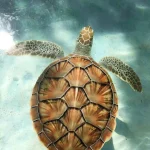
![Beauty and the Beast topiary at Disney Epcot [© 2019, floridareview.co.uk, all rights reserved]](https://floridareview.co.uk/wp-content/uploads/2018/10/beauty-beast-topiary.jpg)
